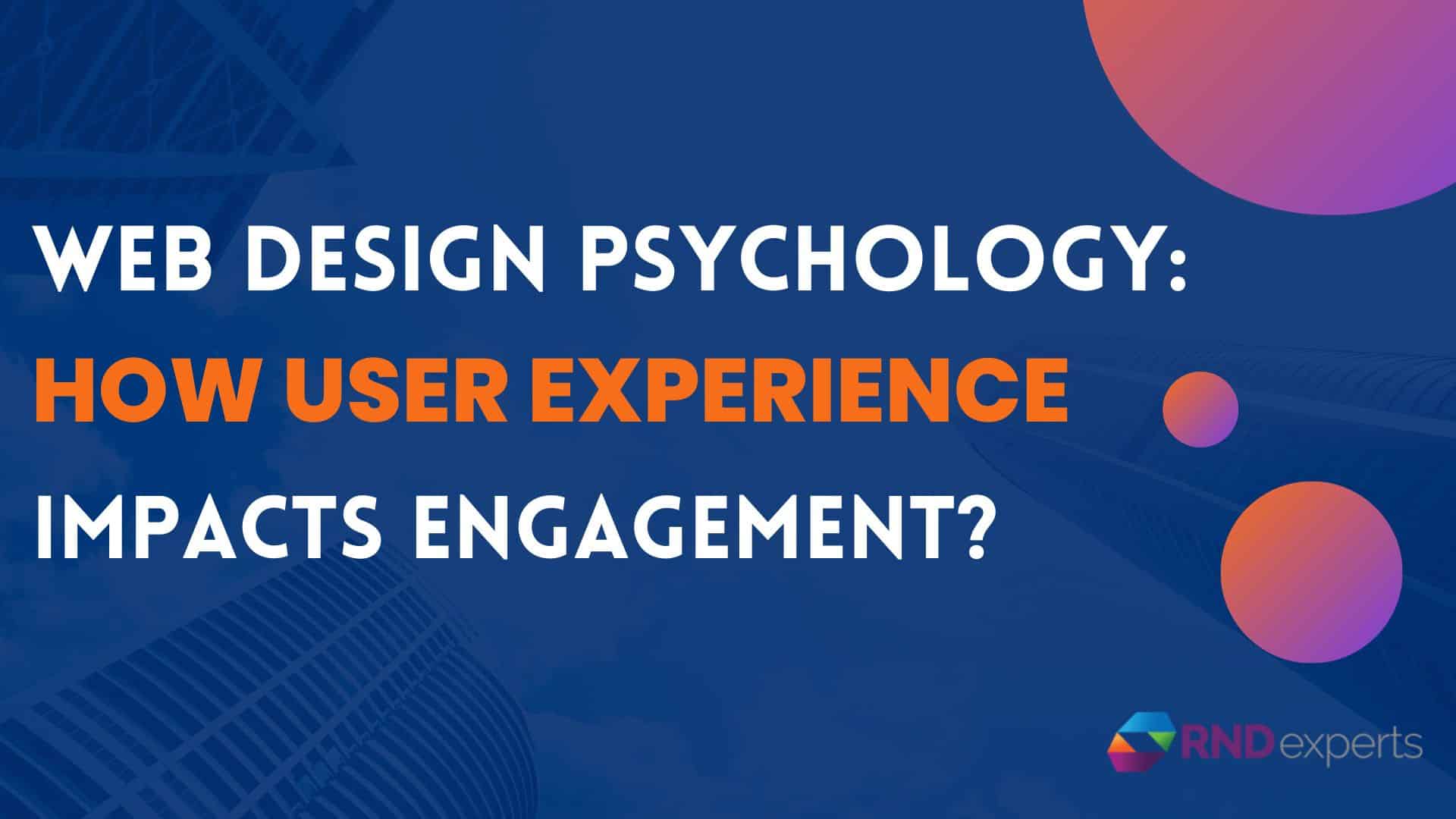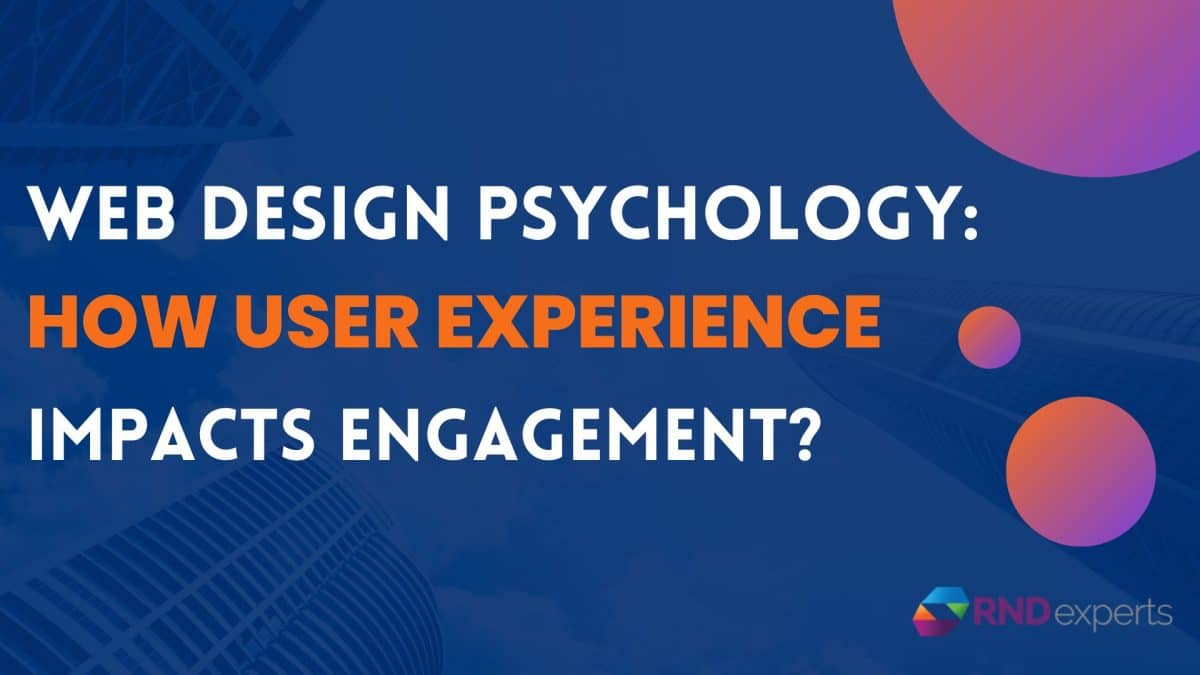Web Design Psychology : How User Experience Impacts Engagement
November 15, 2023
Technology ,web
Admin

In the ever-evolving landscape of the internet, web design goes beyond aesthetics. It delves into the realm of psychology, influencing user experience and engagement. The connection between web design and psychology is a powerful one, as it directly affects how visitors interact with a website. In this blog, we will explore the intricate relationship between web design and psychology, understanding how user experience plays a pivotal role in driving engagement.
Understanding User Experience (UX):
User experience is not just about how a website looks but also about how it feels and functions. It encompasses the overall experience a user has while navigating a website, from the moment they land on the homepage to the completion of a desired action. A positive user experience involves a seamless, intuitive, and enjoyable journey, fostering engagement.
Visual Appeal and First Impressions:
First impressions matter, and on the web, they happen within seconds. The visual appeal of a website significantly influences user perceptions. Clean, well-organized layouts with aesthetically pleasing color schemes and typography contribute to a positive first impression. By understanding the principles of design, such as balance, contrast, and harmony, web designers can create an environment that captures and maintains the user’s attention.
Cognitive Load and Simplicity:
Too much information presented at once can overwhelm users and increase cognitive load, leading to a negative experience. Web designers must strive for simplicity, presenting information in a clear and concise manner. This not only enhances comprehension but also makes navigation more straightforward. By reducing cognitive load, designers can encourage users to stay on the website longer and explore its content.
Emotional Connection through Design:
Humans are emotional beings, and web design has the power to evoke emotions. Whether it’s through color choices, imagery, or interactive elements, a well-designed website can create a connection with users on an emotional level. Emotional engagement fosters a sense of loyalty and encourages visitors to return. Understanding the target audience and tailoring the design to resonate with their emotions is a key aspect of effective web design.
Navigation and Accessibility:
User frustration often stems from difficulty in navigating a website. Intuitive navigation is crucial for a positive user experience. Clear menus, logical page structures, and easily accessible information contribute to smoother navigation. Additionally, ensuring accessibility for all users, including those with disabilities, is not only ethically important but also enhances the overall user experience.
Feedback and Interaction:
Providing feedback to users regarding their actions creates a responsive and interactive experience. This can be as simple as visual cues for button clicks or more complex, such as form submissions. Interactive elements keep users engaged and informed about their progress on the site. Moreover, feedback helps in building trust and confidence in the website’s functionality.
Conclusion:
Web design psychology is a multidimensional field that merges the principles of design with an understanding of human behavior. By prioritizing user experience, web designers can create engaging and effective websites.
In a digital landscape where competition is fierce, the ability to captivate and retain users through thoughtful and psychologically informed design is a powerful tool. As technology continues to advance, the synergy between web design and psychology will play an increasingly pivotal role in shaping the online experiences of users worldwide.






